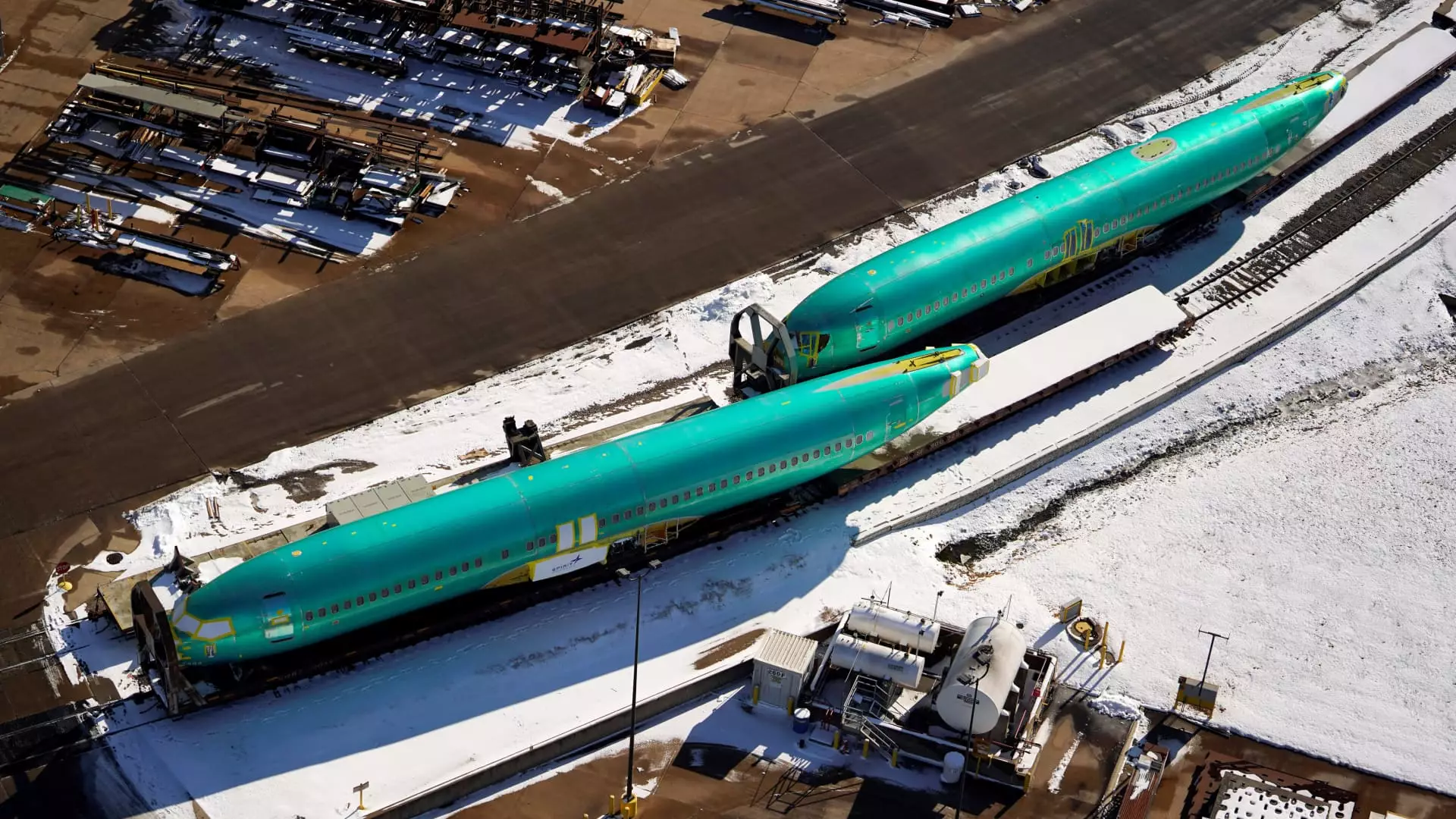In a significant development for the aviation industry, Spirit AeroSystems, a key supplier for Boeing, announced that it will furlough approximately 700 workers due to ongoing strikes by machinists at Boeing, which have now reached a critical six-week mark. This strike commenced on September 13, after more than 32,000 Boeing employees rejected a tentative labor agreement, triggering serious implications for both Boeing and its suppliers. Such labor disputes not only hinder production lines but also introduce layers of uncertainty into a company’s operational stability, placing additional burdens on management.
The ongoing labor disputes come as a new challenge for Boeing’s CEO Kelly Ortberg, who is still in his early tenure. Faced with increasing financial strain, Ortberg’s ability to navigate these turbulent waters is now put to the test. Spirit AeroSystems, as reported, represents roughly 5% of the U.S. workforce affected by this furlough, primarily impacting operations in the company’s largest facilities located in Wichita, Kansas. With the potential for even deeper cuts looming, management must reconcile the immediate needs of the workforce while preparing for a potentially grim financial future if these strikes persist.
In response to these unfolding challenges, Boeing has outlined significant cuts, including reducing its overall workforce by 10%, translating to a staggering 17,000 job losses. Furthermore, the company is set to cease production of its 767 commercial aircraft by 2027 and delay the anticipated release of the 777X jet until 2026. These drastic actions demonstrate Boeing’s urgent need to stabilize its financial outlook as it grapples with mounting operational setbacks, both from the strikes and production delays.
Additionally, Boeing is exploring increasing its liquidity through possible debt and equity strategies. This financial maneuvering highlights the serious situation Boeing finds itself in—having to balance its operational needs against a backdrop of labor disputes and market pressures. The impact of this furlough on Spirit AeroSystems is particularly critical, as workers involved in the manufacturing of Boeing’s 777 and 767 aircraft face uncertainty. Their jobs hang in the balance of negotiations that show no signs of resolution.
The Future of Boeing and Spirited Collaborations
While Spirit AeroSystems has laid out clear communication regarding their temporary furloughs—pushing the narrative of responsible planning—there remains a looming threat of additional layoffs if the strikes continue. Spirit’s workforce, notably locked out of production due to the labor disputes, now finds its future outcomes tied to broader negotiations between Boeing and the striking machinists’ union.
Ultimately, the agreement between Boeing and Spirit AeroSystems remains uncertain, especially since Boeing’s acquisition of Spirit, announced earlier this summer, is not expected to close until mid-2025. As the situation evolves, stakeholders must closely monitor these developments, recognizing that the operational health of both companies is intricately intertwined. The result of these negotiations will not only shape the immediate future of employment in these sectors but could also redefine the landscape of the aerospace industry as a whole.

